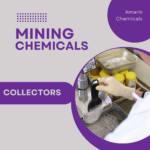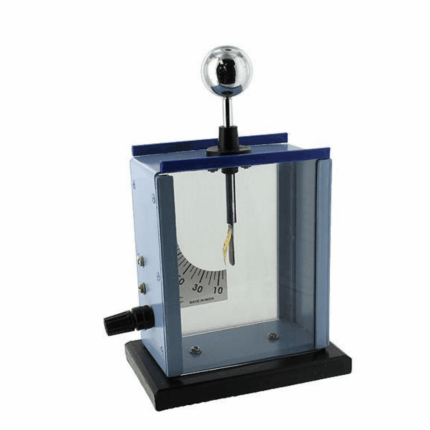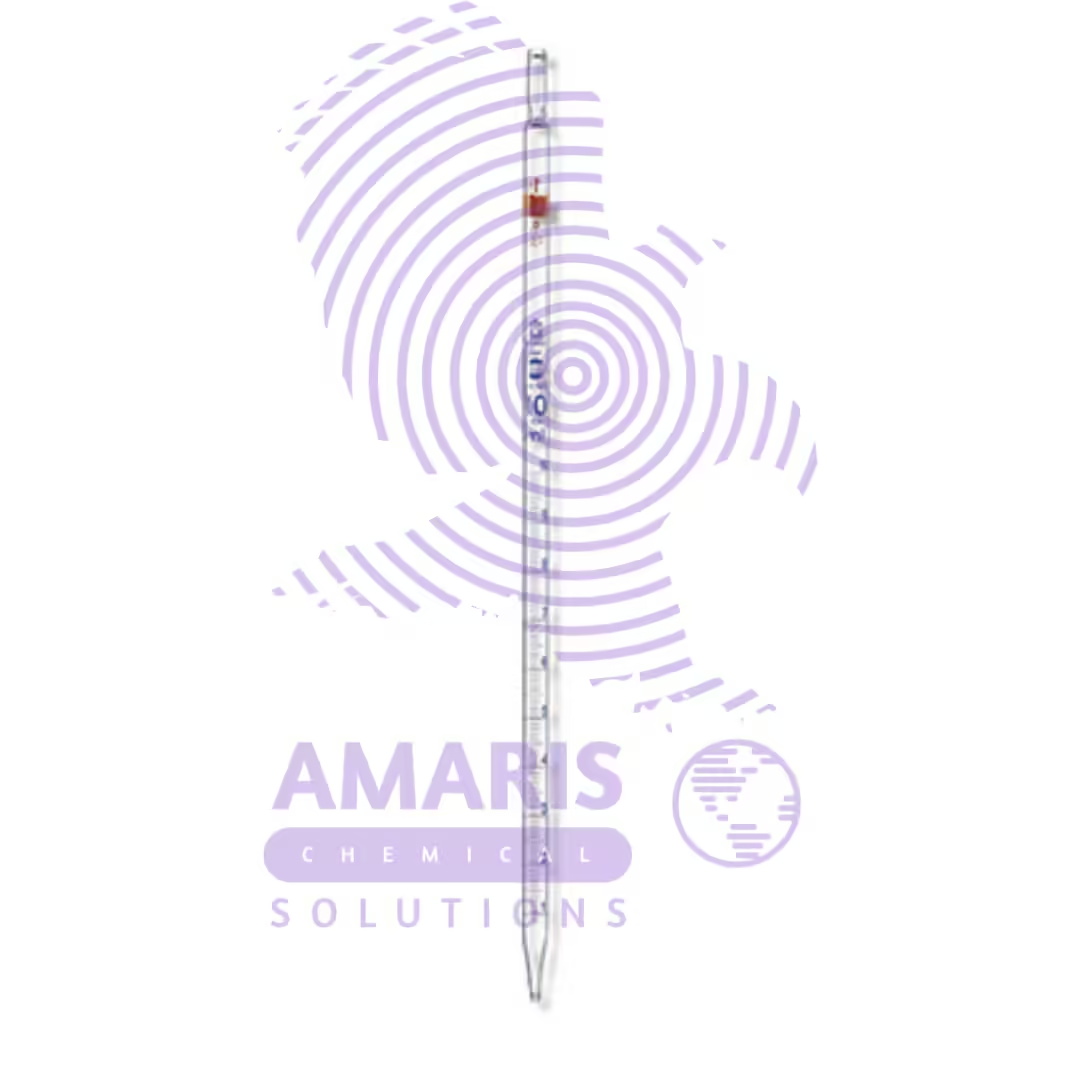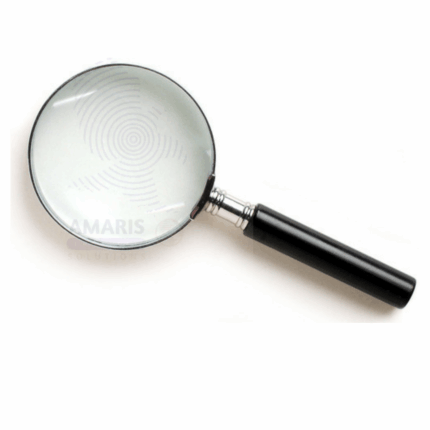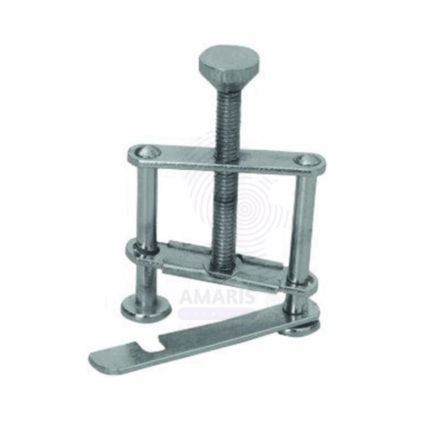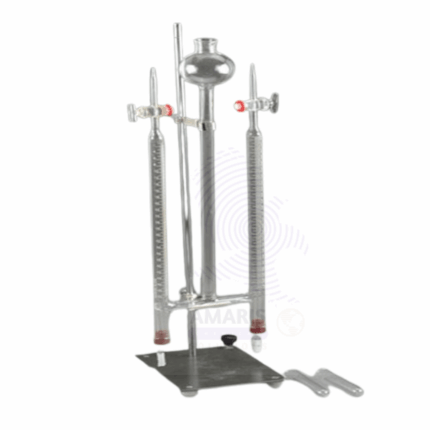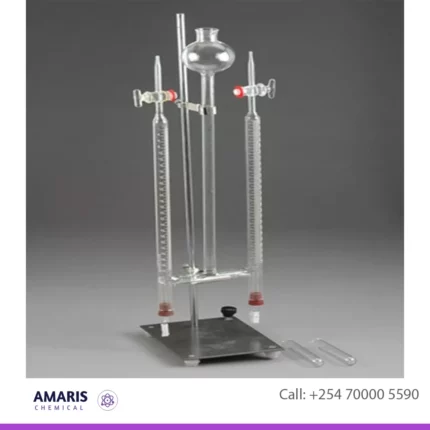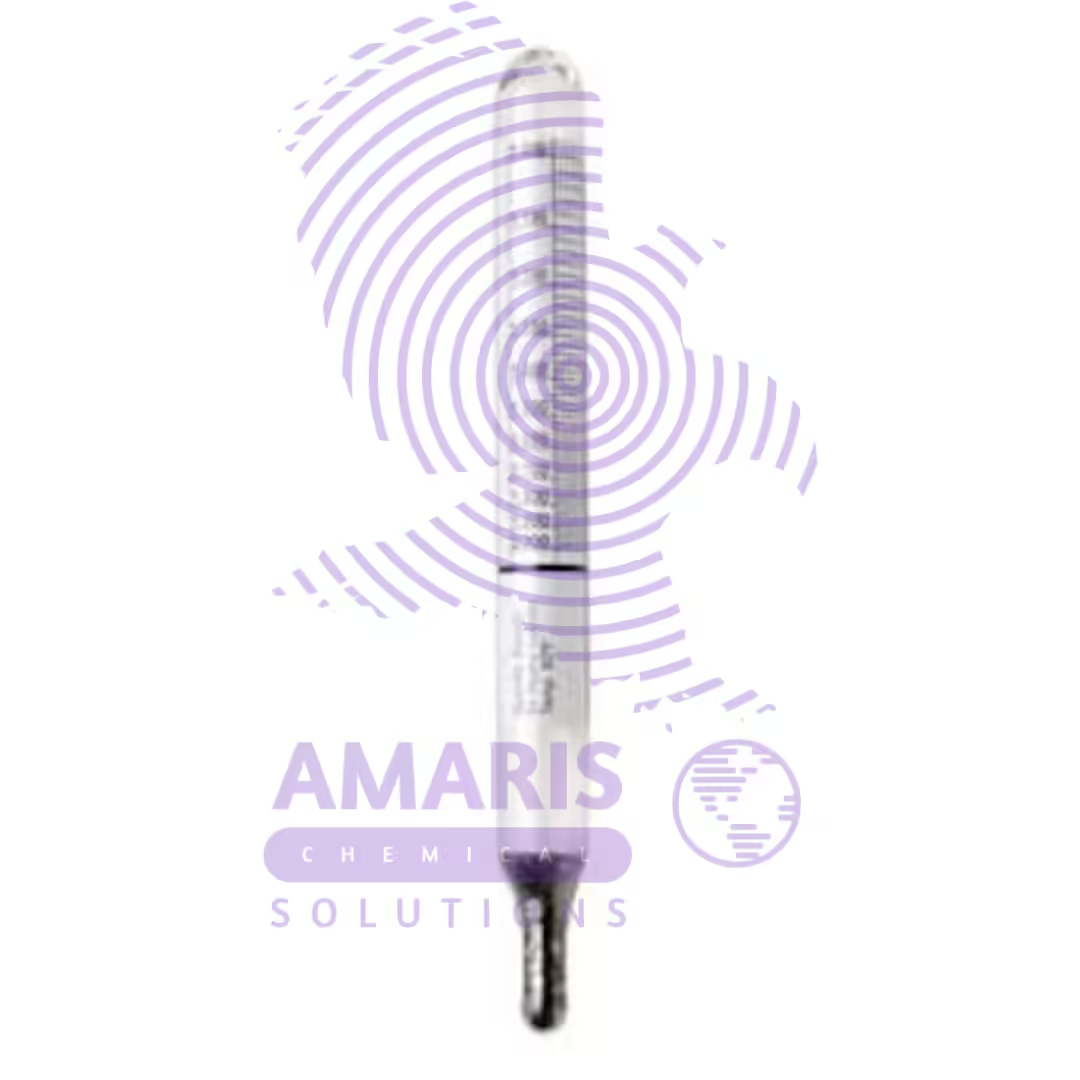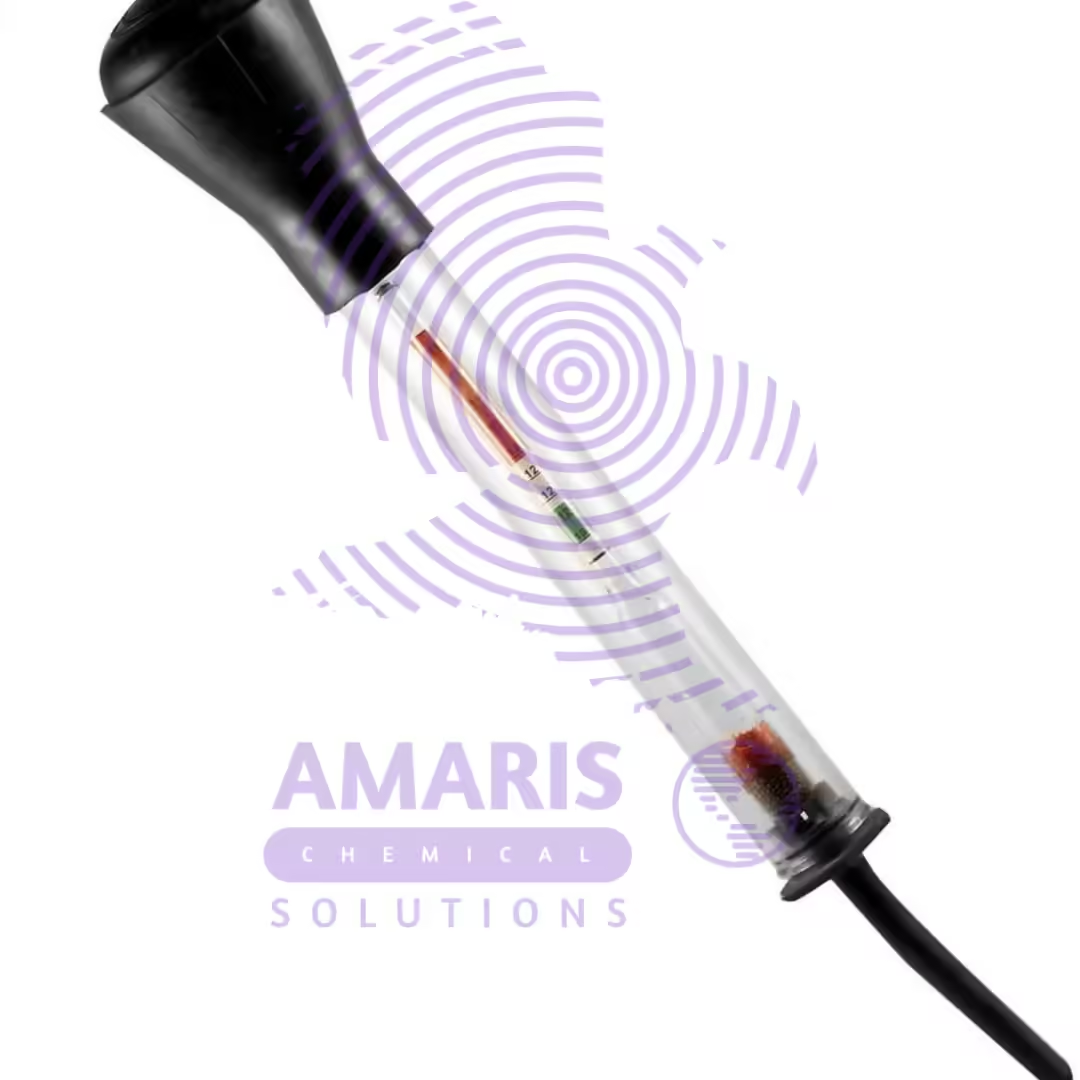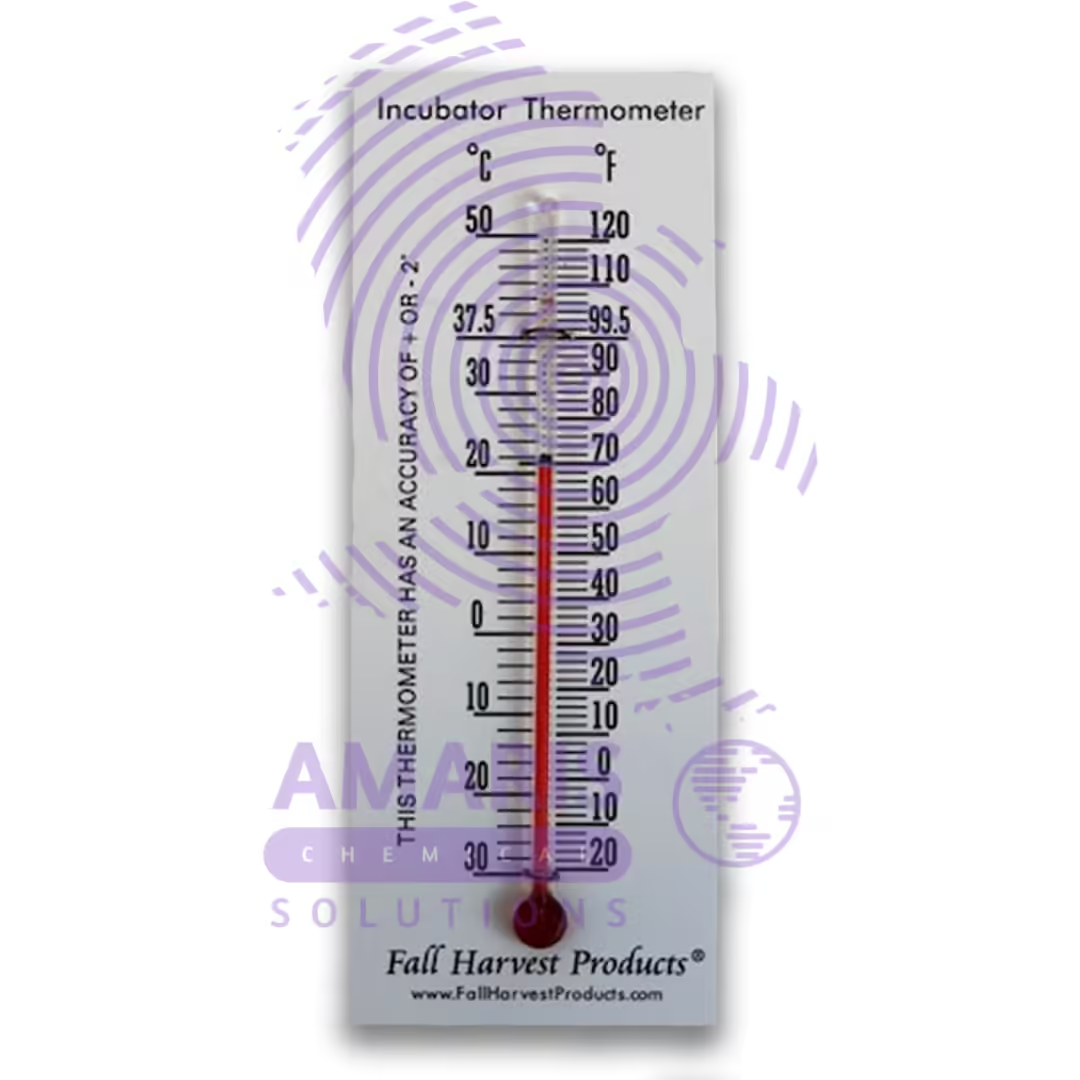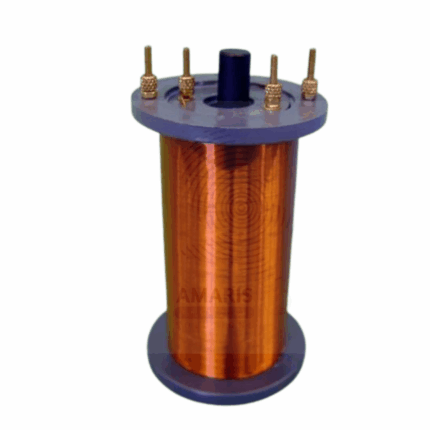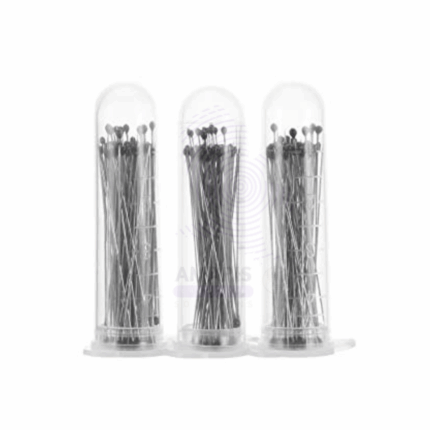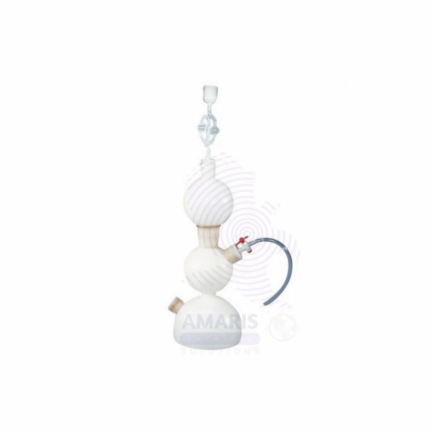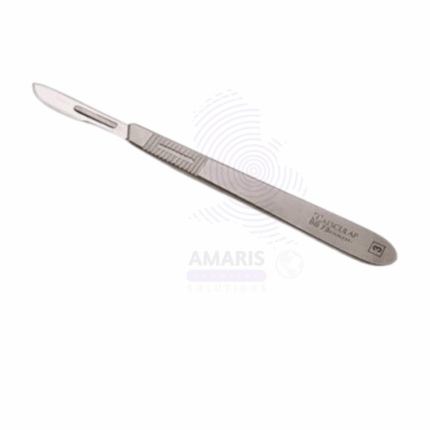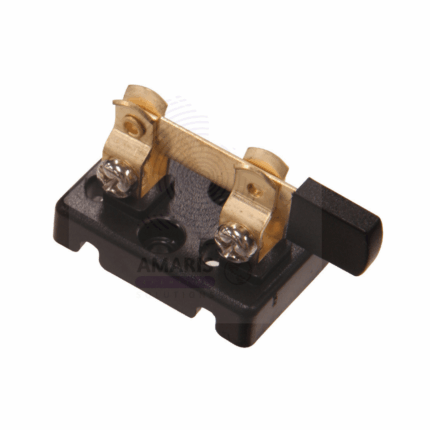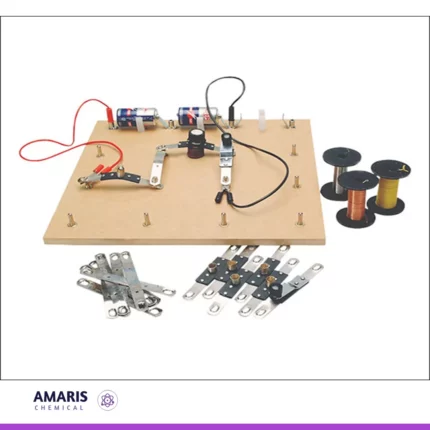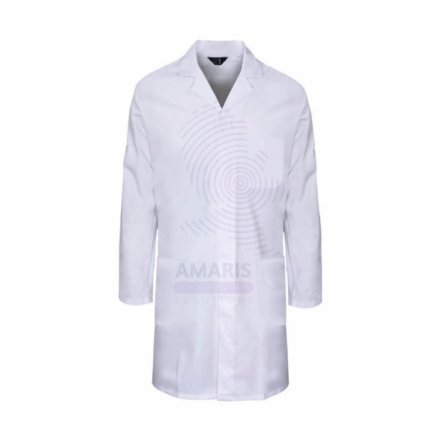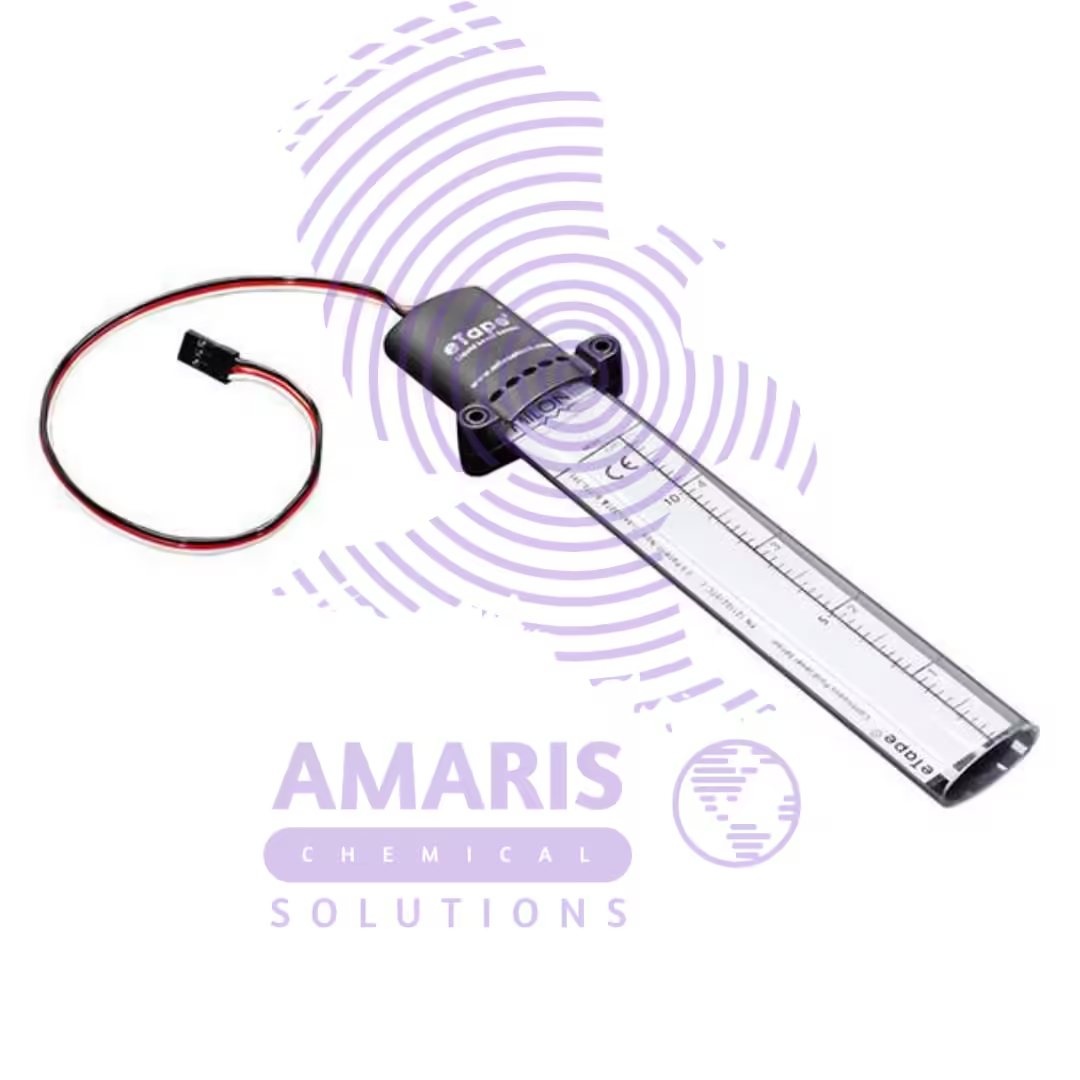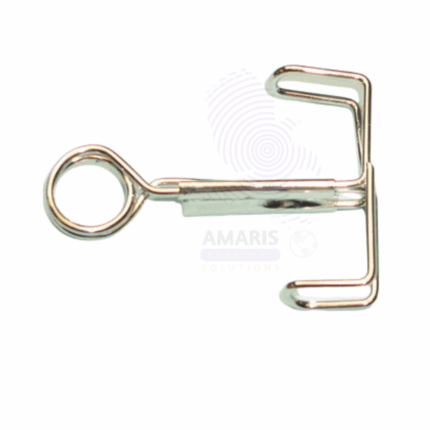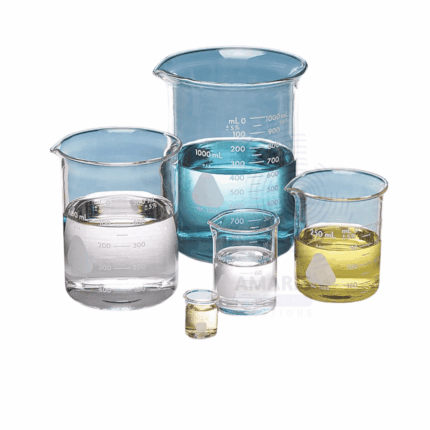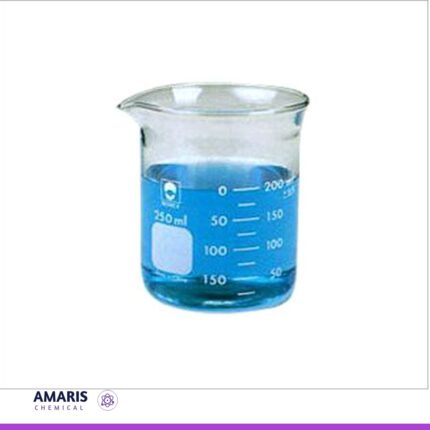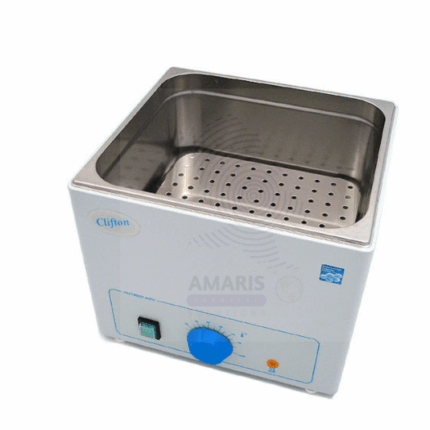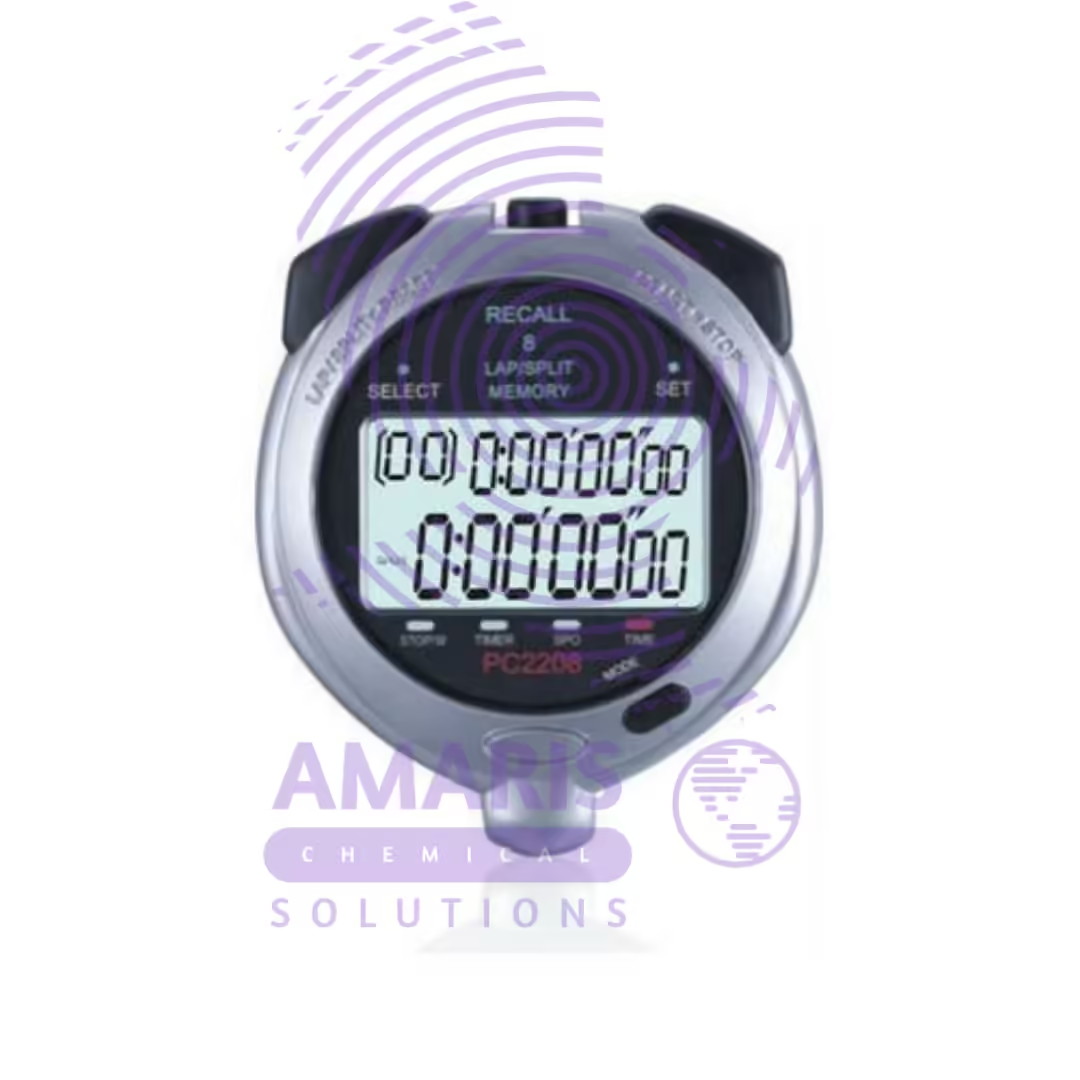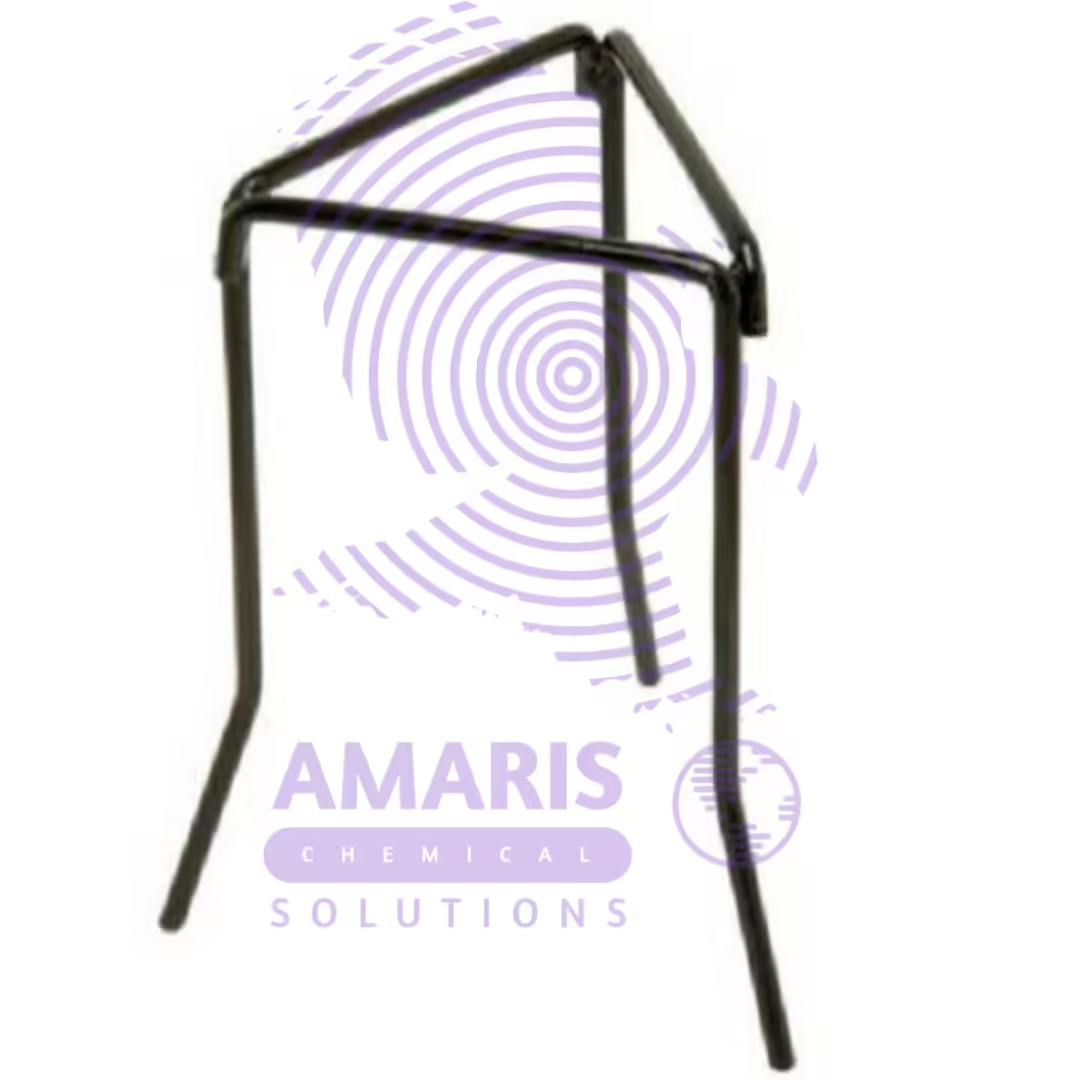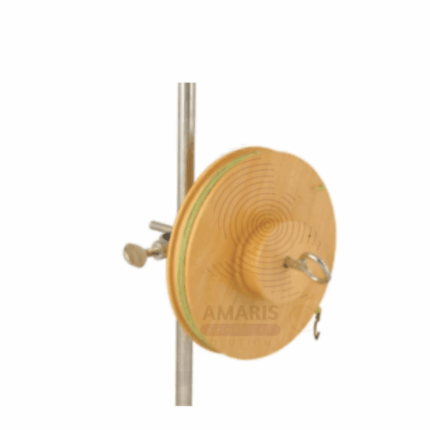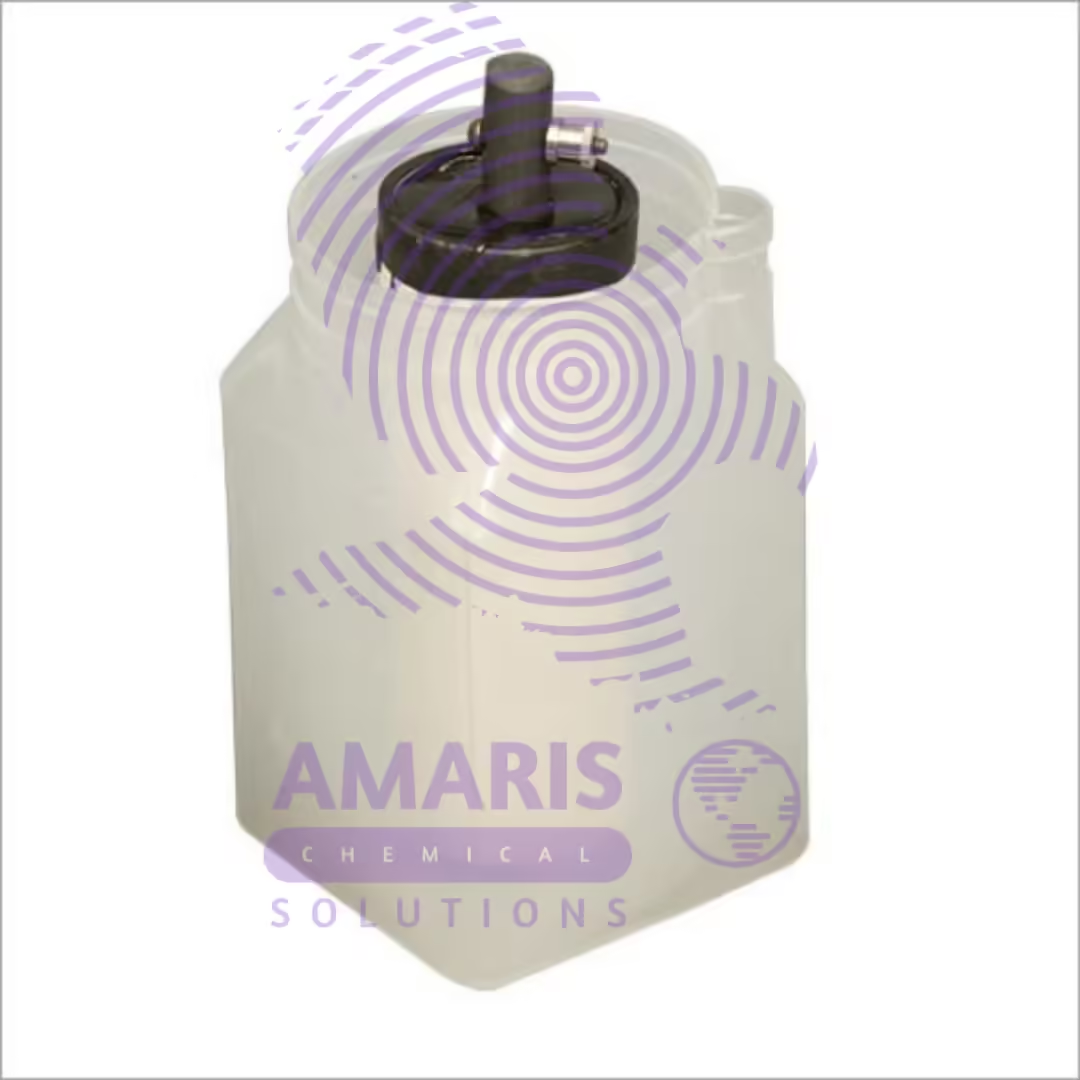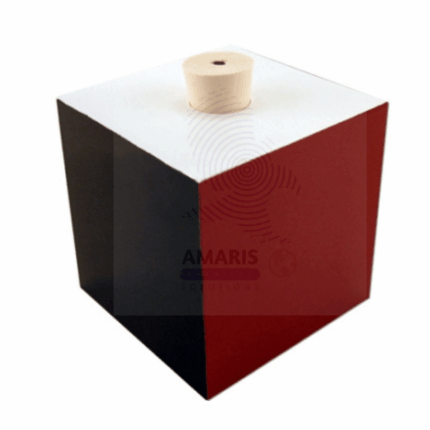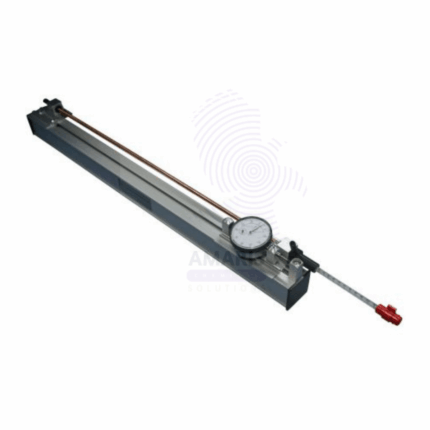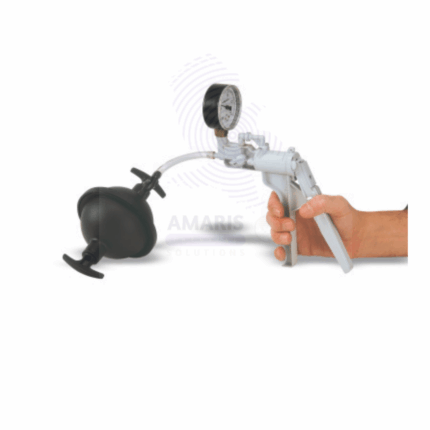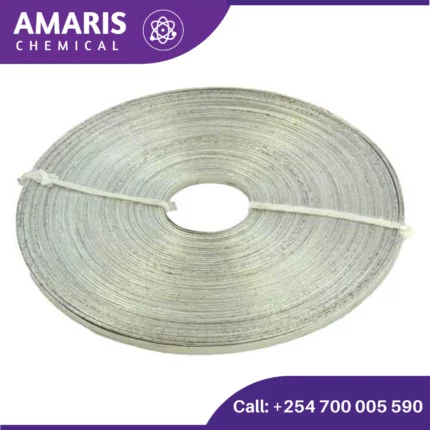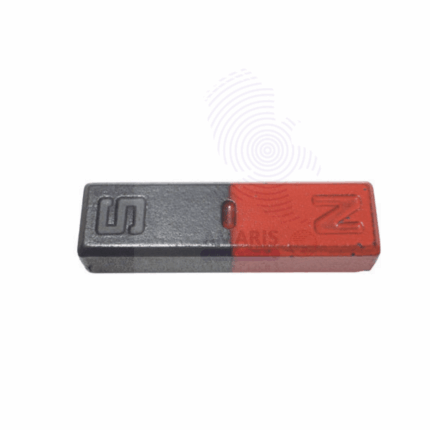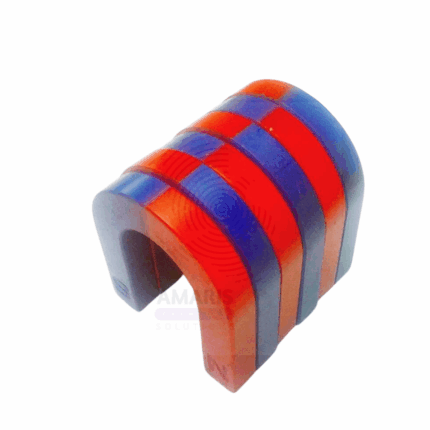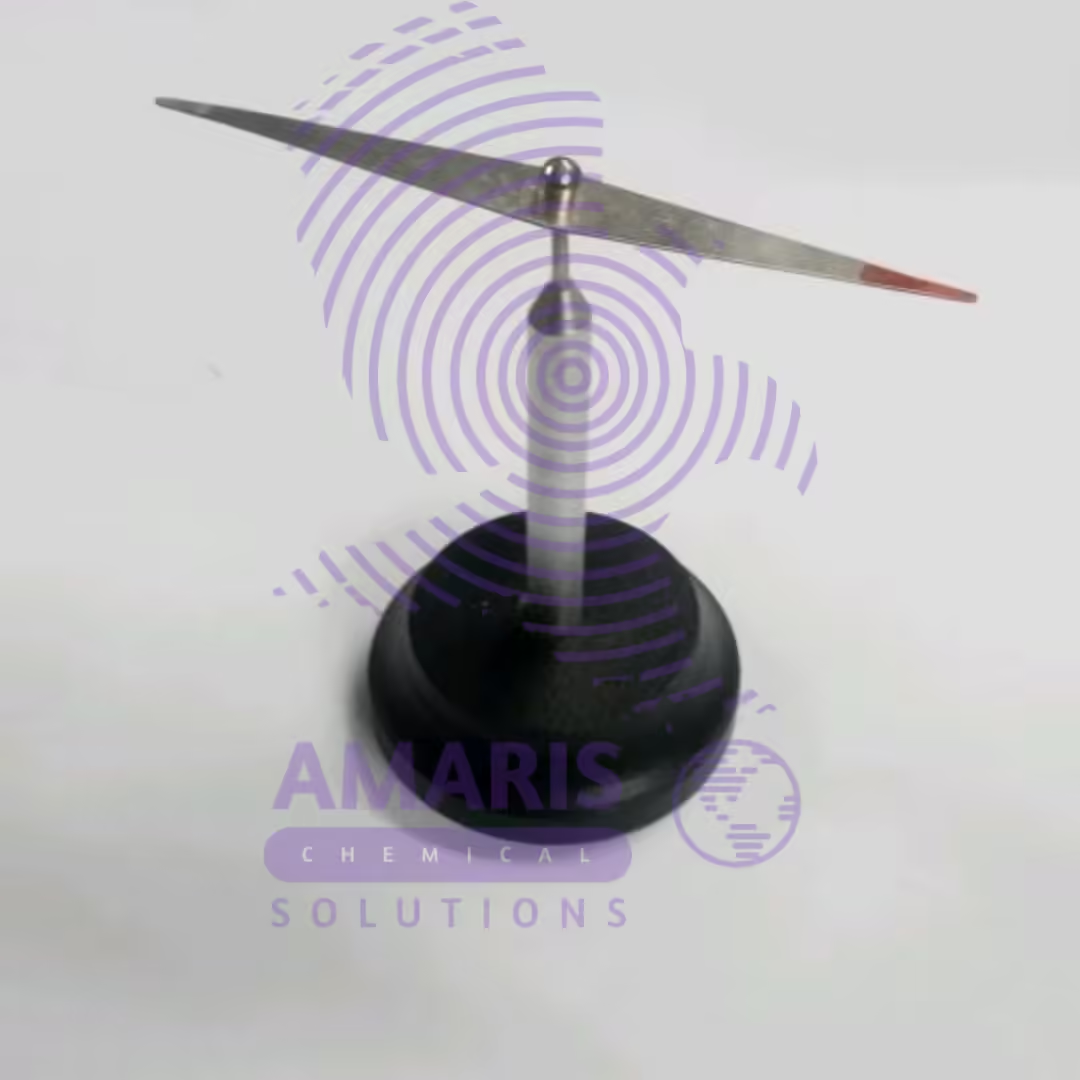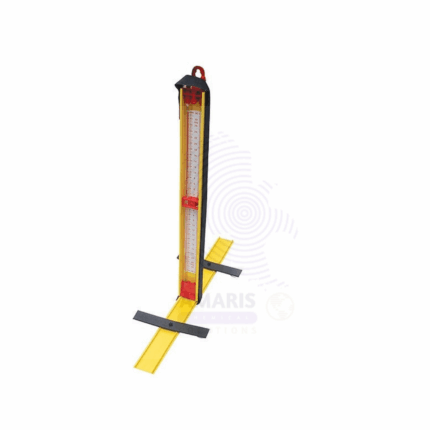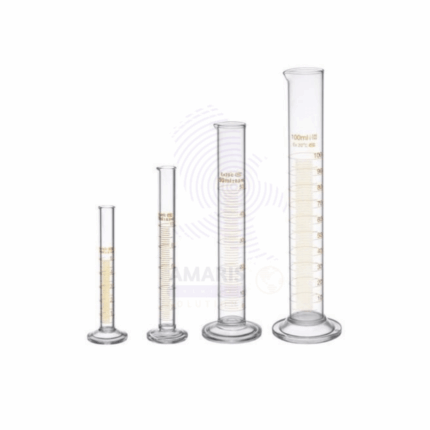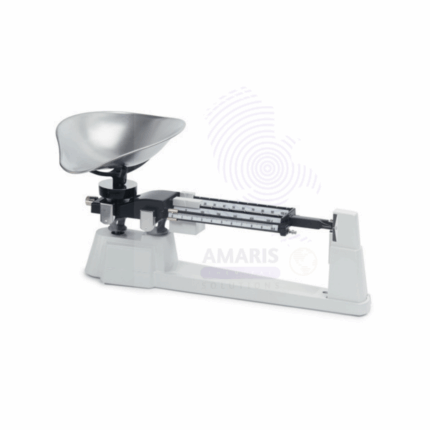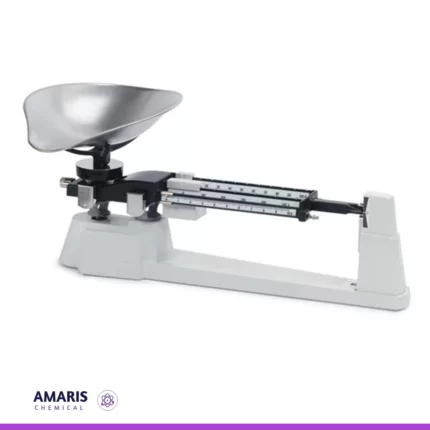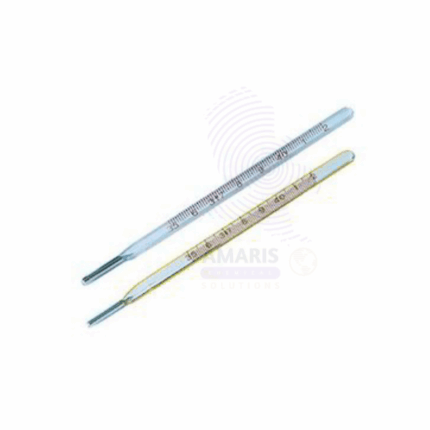Glass Tubing Cutter Wheel Type
Gold Leaf Electroscope
A Gold Leaf Electroscope is a classic scientific instrument used to detect the presence and magnitude of electric charges. It typically consists of a metal rod with a conducting knob at its end, enclosed within a transparent glass or plastic case. Two thin gold leaves are attached to the bottom of the rod. When a charged object is brought near the knob, electrons either flow into or out of the leaves, causing them to repel each other and diverge. This divergence indicates the presence of an electric charge
Gold leaf electroscope
A gold leaf electroscope
A gold leaf electroscope is a simple device used to detect the presence and magnitude of electric charge. It consists of a metal rod or plate (usually brass) with a pair of thin gold leaves attached at the top. The rod is usually housed in a glass container to protect it from air currents.
Here's how it works:
- Charging: When a charged object is brought close to the metal rod or plate, the electric charge induces a redistribution of charge in the metal rod. If the charged object is positively charged, it repels positive charges in the metal rod to the leaves, causing them to acquire a positive charge and repel each other. Similarly, if the charged object is negatively charged, it induces a negative charge in the metal rod, causing the leaves to acquire a negative charge and repel each other.
- Detection: The repulsion between the leaves causes them to diverge away from each other. The degree of divergence depends on the magnitude of the electric charge present. A stronger charge will cause the leaves to diverge further.
- Neutralization: If the charged object is removed, the leaves may remain diverged for some time if the electroscope is insulated from its surroundings. However, over time, any charge present on the leaves will dissipate due to the conductivity of the air and the surroundings, causing the leaves to return to their original position.
Graduated jug
Graduated jug
is a container typically used in laboratory settings or for measuring liquids precisely. These jugs usually have markings on the side indicating volume measurements, allowing users to accurately measure the amount of liquid they pour into or out of the container. They're commonly made of glass or plastic and come in various sizes depending on the specific application.
Graduated pipette
A graduated pipette is a laboratory instrument designed for precise measurement and transfer of liquid volumes. It features a long, narrow tube with evenly spaced markings (graduations) along its length, allowing users to measure varying volumes of liquid with accuracy. The graduations typically range from the tip to the top of the pipette, enabling the user to draw and dispense specific amounts of liquid. Commonly made of glass or plastic, a graduated pipette is ideal for applications like titrations, solution preparation, and other procedures requiring precise liquid handling. Its accuracy and versatility make it a fundamental tool in scientific research.
Hand Lens
A hand lens, also known as a magnifying glass or a loupe, is a simple optical instrument used to magnify small objects or details to make them easier to see. It consists of a convex lens mounted in a frame with a handle. Hand lenses are commonly used in various fields such as biology, geology, jewelry making, and inspection of small objects in general.
In biology, for example, hand lenses are often used by field biologists to examine plant or insect specimens closely in their natural habitats. Geologists use them to inspect rocks and minerals for identifying characteristics. In jewelry making, hand lenses are used to inspect gemstones and jewelry for flaws or imperfections.
Hand lenses come in various magnification powers, typically ranging from 5x to 20x, with higher magnification providing greater detail but often requiring the object to be held closer to the lens. They are a handy tool for anyone who needs to examine small objects or details in their work or hobbies.
Hand lens
A hand lens, commonly known as a magnifying glass, is a simple optical device consisting of a convex lens mounted in a frame, often with a handle for easy gripping. It is designed to magnify small objects or details, allowing for close examination. Hand lenses are typically made of glass or clear plastic and vary in magnification power, usually ranging from 2x to 10x
Hand Stroboscope
Hand stroboscope
A hand stroboscope is a portable device that emits rapid, adjustable flashes of light to visually "freeze" or slow down the motion of fast-moving or rotating objects. It creates the optical illusion of a stationary or slowly moving object by synchronizing the strobe light with the object's motion. This makes it an essential tool for non-contact measurement of rotational speed, vibration analysis, and quality inspection in laboratories, manufacturing processes, and machinery diagnostics. Its compact and handheld design makes it highly convenient for use in various industrial and scientific applications.
Hares Apparatus on stand
Hare's Apparatus is a device used in laboratories to compare the densities of two liquids. It consists of two glass tubes connected at the bottom by a piece of flexible tubing and attached to a stand to keep the setup stable and upright. Here’s a detailed breakdown of its components and function:
Components:
- Glass Tubes: Two vertical, transparent glass tubes of equal diameter.
- Flexible Tubing: A short piece of rubber or plastic tubing connecting the bottoms of the glass tubes.
- Stopcock or Clamps: Often included in the flexible tubing to control the flow of liquids.
- Stand: A stable base and support structure to hold the glass tubes in place and upright.
Function:
- Comparison of Liquid Densities: Hare's Apparatus is used to determine the relative densities of two immiscible liquids.
- Working Principle: The apparatus works on the principle of hydrostatic pressure. When the apparatus is set up, and each glass tube is filled with a different liquid, the heights of the liquids in the tubes will vary according to their densities. The denser liquid will have a lower height, while the less dense liquid will rise higher.
Usage:
- Preparation: Fill the two glass tubes with the liquids whose densities are to be compared.
- Equalizing Levels: Ensure that both liquids are at the same level when the apparatus is initially set up to avoid errors due to pressure differences.
- Observation: Once the system is stable, observe and measure the heights of the liquid columns in each tube.
- Calculation: Use the measured heights to calculate the relative densities of the liquids
Hoffman Clips
Hoffman clips, also known as towel clamps or surgical clips, are commonly used in surgical procedures to secure towels, drapes, or other sterile materials to the patient's skin or to clamp off blood vessels or tissue. They are typically made of stainless steel and have a spring-loaded design that allows them to firmly grip onto objects without slipping. Hoffman clips come in various sizes and shapes, with serrated jaws to provide a secure hold. They are an essential tool in maintaining a sterile surgical field and preventing contamination during procedures.
Hoffman Voltameter
Hoffman voltameter is a laboratory apparatus used for the electrolysis of water (H2O) into its constituent gases, hydrogen (H2) and oxygen (O2). It consists of a glass container filled with water, inverted over two electrodes, typically made of platinum or another inert material, immersed in an electrolyte solution (usually dilute sulfuric acid).
When an electric current is passed through the electrodes, water molecules are dissociated into hydrogen ions (H+) and hydroxide ions (OH-) at the cathode (negative electrode) and anode (positive electrode) respectively. The hydrogen ions migrate towards the cathode and are reduced to hydrogen gas (H2), while the hydroxide ions migrate towards the anode and are oxidized to oxygen gas (O2).
The gases produced collect in the two arms of the apparatus, with hydrogen forming at the cathode and oxygen at the anode. The Hoffman voltameter allows for the collection and measurement of these gases, demonstrating the stoichiometry of water electrolysis, where two moles of hydrogen are produced for every mole of oxygen. This apparatus is commonly used in educational settings to illustrate the principles of electrolysis and the composition of water.
hoffman voltameter complete
The Hofmann voltameter is a laboratory apparatus designed to demonstrate the process of electrolysis, particularly the decomposition of water into hydrogen and oxygen gases when an electric current is applied. It consists of three vertical tubes: a central one holding the electrolyte (typically water mixed with sulfuric acid to improve conductivity) and two graduated outer tubes, which collect the gases produced during the reaction. At the base of the outer tubes are electrodes, with the cathode connected to the negative terminal and the anode to the positive terminal of the power source. When the electric current is passed through the electrolyte, hydrogen gas is produced at the cathode and oxygen gas at the anode, following the redox reactions of water. The gases rise and accumulate in the outer tubes, with hydrogen forming in double the volume of oxygen, illustrating the molecular composition of water (H₂O). The Hofmann voltameter not only visually demonstrates electrolysis but also allows for accurate gas volume measurements, making it a valuable tool for studying chemical reactions, Faraday's laws of electrolysis, and the fundamentals of electrochemistry in educational setting
Hydrometer heavy and light
A heavy hydrometer is an instrument designed to measure the specific gravity of liquids with higher densities, such as oils, syrups, and heavy chemical solutions. It features a wider scale and a more robust design, allowing it to float in denser liquids. Heavy hydrometers are commonly used in industries like food processing, petroleum, and chemical analysis to determine concentrations and ensure product quality.
Light Hydrometer
A light hydrometer is an instrument used to measure the specific gravity of lighter liquids, such as water, alcohol, and other low-density solutions. It is more sensitive and typically has a narrower scale, making it suitable for precise readings in less viscous liquids. Light hydrometers are often employed in brewing, distilling, aquarium management, and educational laboratories to assess liquid densities and concentrations.Hydrometer simple battery tester
A simple battery tester is a compact device designed to measure the voltage of batteries, assessing their charge and overall condition. It usually features two terminals for connecting to the battery and a simple analog or digital display that shows the voltage reading. This tool is essential for quickly checking battery health in laboratory experiments, ensuring reliable power sources for electronic devices, and providing insights into battery performance during research on energy storage technologies.
Incubator thermometer
An incubator thermometer is a precision instrument designed to accurately measure and monitor the temperature within an incubator. Essential for applications like egg incubation and microbial culture growth, this thermometer ensures optimal thermal conditions for successful hatching and healthy organism development. With features such as a clear digital or analog display, adjustable calibration, and a wide temperature range, it provides real-time readings to prevent temperature fluctuations. Some models come equipped with alarms for temperature deviations, ensuring immediate corrective action. Durable and easy to use, incubator thermometers are indispensable tools in laboratories, hatcheries, and educational settings, promoting consistent and reliable results
Induction coil
An induction coil is an electrical device designed to produce high-voltage pulses from a low-voltage direct current (DC) supply. It typically consists of a primary coil and a secondary coil wound around a common iron core. When current flows through the primary coil, it creates a changing magnetic field, which induces a high voltage in the secondary coil through electromagnetic induction. This high-voltage output can be used for various purposes such as powering spark plugs in internal combustion engines, igniting gas-discharge lamps, or as a component in devices like Tesla coils and induction heaters. Induction coils have been historically significant in the development of telecommunications, early radio technology, and various electrical experiments.
Insect net
insect net
An insect net, also known as a bug net or mosquito net, is a protective barrier typically made of fine mesh fabric used to prevent insects from entering a specific area or from coming into contact with people or objects. They come in various forms and sizes, from small nets that cover individual beds or cribs to larger ones that can encompass outdoor seating areas or camping tents.
Insect nets are commonly used in regions where mosquitoes and other insects carry diseases like malaria, dengue fever, or Zika virus, as they provide a physical barrier between humans and these disease vectors. They are also used for camping, outdoor activities, and even in agricultural settings to protect crops from insect pests.
Modern insect nets are often treated with insecticides to enhance their effectiveness in repelling or killing insects upon contact. Additionally, there are also wearable insect nets designed to be worn over hats or clothing to protect individuals from insect bites while outdoors.
kinetic theory model
The kinetic theory model is a fundamental concept in physics and chemistry that describes the behavior of gases, explaining their macroscopic properties based on the motion of their constituent particles. Here's a breakdown of the kinetic theory model:
- Assumptions: The kinetic theory model is built upon several assumptions:
- Gas particles are in constant, random motion.
- Gas particles are negligibly small compared to the distances between them.
- Gas particles undergo elastic collisions with each other and with the walls of the container.
- There are no attractive or repulsive forces between gas particles, except during collisions.
- The average kinetic energy of gas particles is directly proportional to the temperature of the gas in Kelvin.
Kipps Apparatus Glass
A Kipp's apparatus is a laboratory apparatus used to produce small volumes of gases by the reaction of a liquid with a solid, producing gas through bubbling. It consists of three main parts: a reaction vessel, a delivery tube, and a collection vessel. The reaction vessel typically contains a solid reactant at the bottom and a liquid reactant above it, separated by a movable plug or stopcock. As the liquid reacts with the solid, gas is produced and collected in the collection vessel via the delivery tube.
Glass is commonly used to construct Kipp's apparatus because it is transparent, chemically resistant, and allows for easy observation of the reaction and gas collection. Borosilicate glass, known for its resistance to thermal shock and chemical corrosion, is often the preferred material for constructing Kipp's apparatus due to its durability and safety in handling reactive chemicals.
kipps apparatus plastic
A Kipp's apparatus is a laboratory apparatus used to produce small volumes of gases by the reaction of a liquid with a solid, producing gas through bubbling. It consists of three main parts: a reaction vessel, a delivery tube, and a collection vessel. The reaction vessel typically contains a solid reactant at the bottom and a liquid reactant above it, separated by a movable plug or stopcock. As the liquid reacts with the solid, gas is produced and collected in the collection vessel via the delivery tube.
Is commonly used to construct Kipp's apparatus because it is transparent, chemically resistant, and allows for easy observation of the reaction and gas collection. Borosilicate glass, known for its resistance to thermal shock and chemical corrosion, is often the preferred material for constructing Kipp's apparatus due to its durability and safety in handling reactive chemicals.
Knife edge scalpel
A knife-edge scalpel is a surgical instrument with a sharply pointed and extremely thin blade, designed for making precise incisions in tissues during surgical procedures. The term "knife-edge" refers to the sharpness of the blade, which is honed to have a very fine and acute cutting edge. These scalpels are commonly used in various surgical specialties such as general surgery, orthopedic surgery, neurosurgery, and plastic surgery, among others. The thin and precise blade allows surgeons to make accurate incisions with minimal tissue trauma, facilitating better healing and outcomes for patients.
Knife switch
A knife switch, also known as a switchblade switch or simply a blade switch, is a type of electrical switch characterized by a hinged lever that resembles a knife blade. It's commonly used in electrical circuits to manually interrupt or connect the flow of current. The blade of the switch is typically made of metal and is connected to a conductive component of the circuit. When the blade is moved to one side, it makes contact with another conductive element, completing the circuit. Conversely, moving the blade to the other side breaks the connection, interrupting the flow of electricity. Knife switches were once commonly used in electrical systems, but they have largely been replaced by more modern switches in most applications. However, they still hold significance in certain contexts, such as educational demonstrations and historical exhibits.
Lab coat
A lab coat is a protective garment typically worn in laboratory settings to safeguard against spills, splashes, and contamination. It is usually knee-length, made from lightweight, breathable materials such as cotton or polyester, and features long sleeves for full arm coverage. Lab coats often come equipped with pockets for convenience, allowing easy access to tools and materials. Available in various colors and styles, they can also denote professional identity within scientific fields. The design emphasizes comfort and mobility, ensuring that wearers can perform tasks effectively while maintaining safety and hygiene standards.
Lab liquid level
A lab liquid level is an essential instrument used in laboratory settings to measure and maintain the height of liquids in various containers. It typically consists of a clear, calibrated tube or gauge that visually indicates the liquid level within a vessel. This tool ensures accurate measurements, prevents spills, and facilitates consistent experimental conditions. By allowing scientists to monitor liquid volumes precisely, lab liquid levels play a critical role in experiments, calibrations, and safety protocols. Their reliable performance contributes to the overall efficiency and accuracy of laboratory operations.
Lab pinch clip
A lab pinch clip is a small, durable device designed to control the flow of liquids in flexible tubing within a laboratory setting. Typically made from materials such as plastic or metal, these clips feature a spring-loaded mechanism that allows users to easily pinch and release the tubing. This functionality enables precise control over fluid flow, making them ideal for various applications, including sample collection, tubing support, and temporary sealing of lines. Lab pinch clips are essential tools for maintaining safety and efficiency in experiments and processes involving liquids
Laboratory beaker
A glass beaker is a cylindrical, open-top container made of glass, typically with graduated volume markings on its side. It is commonly used in laboratories for holding, mixing, and heating liquids, as well as for performing various experiments and chemical reactions. Glass beakers come in various sizes and are designed to provide easy observation of the contents and to withstand temperature changes without significant deformation or chemical interaction with the substances being used.
Laboratory beaker borosil
Borosil laboratory beaker is a cylindrical, flat-bottomed glass container made from high-quality borosilicate glass. It is designed to withstand extreme temperature changes and chemical reactions without cracking or shattering, thanks to its thermal and chemical resistance. Equipped with easy-to-read graduation marks for approximate measurement, the beaker also features a pouring spout for controlled liquid transfer. Borosil beakers are widely used in laboratories for mixing, heating, stirring, and storing liquids or chemicals, making them an essential tool for various experimental procedures.
laboratory electric water bath
A laboratory electric water bath is a temperature-controlled device used to heat samples in water without direct exposure to a heat source. It consists of a heated tank filled with water, which is maintained at a precise, consistent temperature. The water bath is ideal for incubating biological samples, dissolving chemicals, and conducting temperature-sensitive experiments. It provides gentle, even heating, making it indispensable for applications like DNA amplification, enzyme reactions, and solvent evaporation, where precise thermal control is critical to ensure accuracy and prevent sample degradation.
laboratory glass Volumetric flask with glass stopper
A volumetric flask with a glass stopper is a type of laboratory glassware designed for precise liquid measurement. It features a long, narrow neck with a single calibration mark that indicates a specific volume when filled to that point. The body of the flask is pear-shaped or bulbous, allowing for easy mixing of liquids. The glass stopper ensures a tight seal, preventing contamination or evaporation of the contents.
This flask is primarily used in preparing accurate standard solutions and for dilution in quantitative chemical analysis. Its precise calibration and secure stopper make it ideal for tasks requiring accuracy in both preparation and storage of solutions.
Laboratory stop watch
A laboratory stopwatch is a precision timekeeping device used to accurately measure time intervals during scientific experiments. It typically features a digital or analog display with start, stop, and reset functions, allowing users to measure elapsed time in seconds, minutes, and sometimes fractions of a second. The stopwatch is essential in experiments where timing is critical, such as monitoring reaction rates, controlling incubation periods, or calibrating lab instruments. Its accuracy and ease of use make it a fundamental tool for ensuring consistency and reliability in laboratory procedures.
Laboratory tripod stand
A laboratory tripod stand is a three-legged support structure designed to hold and stabilize various laboratory glassware and equipment during experiments. Typically made of durable materials such as metal or sturdy plastic, the stand features a broad base for enhanced stability and an adjustable height to accommodate different setups.
The top of the tripod often includes a platform or hooks where a wire gauze or a ceramic tile can be placed to support beakers, flasks, or other containers while they are heated over a Bunsen burner. The tripod design allows for even weight distribution, reducing the risk of tipping or spills.
This versatile tool is essential for conducting a wide range of scientific experiments, providing a safe and reliable means to support apparatus in both educational and research environments.
Laboratory wheel and axel
The laboratory wheel and axle is a simple mechanical system consisting of a larger wheel attached to a smaller axle. When force is applied to the wheel, it rotates the axle, providing a mechanical advantage. This device is commonly used in physics experiments to demonstrate concepts such as torque, rotational motion, and mechanical advantage, where the input force on the larger wheel is amplified through the smaller axle to move or lift loads. The system highlights principles of energy conservation, force transmission, and efficiency, making it a valuable tool for educational demonstrations and experimental setups.
leclanche cell
The Leclanché cell, developed in 1866 by French engineer Georges Leclanché, is one of the earliest types of electrochemical cells. It features a simple design consisting of a zinc anode, which serves as the negative electrode, and a carbon cathode surrounded by a mixture of manganese dioxide and carbon, acting as the positive electrode. The cell's electrolyte is typically a solution of ammonium chloride (NH₄Cl) and sometimes zinc chloride (ZnCl₂), facilitating ion movement between the electrodes. When activated, the zinc anode undergoes oxidation, releasing electrons that flow through an external circuit to the carbon cathode, where reduction occurs with ammonium ions. The cell generates a nominal voltage of around 1.5 volts and is commonly used in low-drain applications like early flashlights and doorbells. Although it has a relatively short lifespan and has been largely replaced by more efficient batteries, the Leclanché cell remains an important educational tool for demonstrating fundamental electrochemical principles
Leslie cubes
A Leslie cube is a simple experimental apparatus used to study thermal radiation and emissivity. It is typically a hollow, metal cube with four different surfaces, each coated with distinct materials or finishes to investigate how surface characteristics affect heat emission. The cube is usually filled with hot water, allowing heat to transfer to the surfaces, which can then be measured using a thermometer or infrared sensor.
The main purpose of a Leslie cube is to demonstrate the principles of heat transfer through radiation, illustrating how different surfaces emit thermal radiation at varying efficiencies. This tool is widely used in educational settings for teaching thermodynamics and in research to analyze material properties related to heat transfer. Its straightforward design makes it an effective way to visualize and understand complex thermal concepts.
Leslie cubes
A Leslie cube is a hollow, metallic cube, usually filled with hot water, used to study heat radiation and thermal emissivity. Each of its four vertical sides has a different surface finish—typically polished metal, matte black, white, and a rough or textured surface—allowing direct comparison of how various surfaces emit infrared radiation. The cube is an excellent tool for demonstrating that darker, rougher surfaces emit more thermal radiation than lighter, polished surfaces. It is commonly used in physics and thermodynamics experiments to explore concepts of heat transfer and radiation efficiency.
Linear expansion apparatus
A linear expansion apparatus is a laboratory device specifically designed to measure the thermal expansion of solid materials in response to temperature changes. It typically consists of a fixed base, a graduated measuring scale, and a sample holder for securely mounting the material being tested. The apparatus includes a thermal source, such as a Bunsen burner or hot water bath, which provides controlled heating to the sample. As the temperature increases, the material expands linearly, and the apparatus allows for precise measurements of the change in length.
Magdeburg Hemispheres
The Magdeburg Hemispheres are a pair of hollow, hemispherical metal shells that were famously used by the German scientist Otto von Guericke in the 17th century to demonstrate the principles of atmospheric pressure. Each hemisphere has a diameter of about 20 centimeters and is designed to fit together snugly. When the air is evacuated from the space between them, the external atmospheric pressure becomes greater than the pressure inside, creating a vacuum that makes it extremely difficult to pull the hemispheres apart, despite the seemingly weak force of suction.
This classic demonstration vividly illustrates the concept of atmospheric pressure and the properties of a vacuum, making it an essential educational tool in physics and chemistry labs. The hemispheres serve not only as a historical artifact of scientific experimentation but also as a practical device for teaching fundamental principles of pressure, adhesion, and force dynamics in an engaging and visually impactful manner
Magnesium Ribbon 25gm
Magnet bar
A magnet bar, also known as a magnetic stirring bar, is a small, cylindrical or capsule-shaped object encased in a chemically resistant material, usually PTFE (Teflon). It contains a magnet inside and is used to stir liquids in laboratory settings. When placed inside a container and paired with a magnetic stirrer, the magnet bar rotates, creating a vortex that uniformly mixes solutions. Its non-reactive coating allows it to be used in various chemical environments without contaminating the mixture, making it an essential tool for labs involved in research, synthesis, and sample preparation.
Magnet electrode u shape
A U-shaped magnet electrode is a specialized device designed to create a uniform magnetic field in a laboratory setting. Characterized by its distinctive U shape, the electrodes are typically made from ferromagnetic materials that enhance their magnetic properties. The design allows for efficient placement of samples within the magnetic field, facilitating various scientific experiments and applications
Magnet horse shoe
A horseshoe magnet is a U-shaped magnet characterized by its two poles, north and south, located at each end of the "arms." This design creates a concentrated magnetic field between the poles, enhancing its strength compared to other magnet shapes. Horseshoe magnets are typically made from materials like ferrite or neodymium, offering varying levels of magnetic strength.
Their shape allows for effective handling and use in various applications, such as magnetic separation, demonstrations of magnetic principles, and magnetic stirring in laboratories. The curved design facilitates the attraction of ferromagnetic materials and is ideal for educational purposes, illustrating concepts of magnetism and electromagnetic fields. Horseshoe magnets are essential tools in both scientific research and educational settings, showcasing the fundamental properties of magnetism.
Magnetic needle on stand
A magnetic needle on a stand is a precision tool consisting of a lightweight, magnetized needle that pivots freely on a central point, typically mounted on a vertical stand. The needle aligns itself with the Earth's magnetic field, pointing toward the magnetic north-south direction. The stand provides stability, allowing for clear and accurate readings.
Magnetic plotting compass
A magnetic plotting compass is a precision instrument used to determine the cardinal directions and magnetic bearings. It typically consists of a magnetized needle mounted on a pivot, allowing it to freely align itself with the Earth’s magnetic field. The compass features a graduated dial marked with degrees, enabling users to measure angles accurately.
Manometer on stand
A manometer on a stand is a laboratory instrument designed for precise pressure measurement. It typically consists of a vertical column filled with a fluid, such as mercury or water, that indicates pressure differences based on fluid height. The stand provides stability, allowing for easy viewing and accurate readings without the risk of tipping over
measuring cylinder glass
A glass measuring cylinder is a tall, narrow container designed for accurately measuring and pouring liquids in laboratory settings. Made from high-quality, chemically resistant glass, it features clear, graduated markings along its length for precise volume measurement, typically in milliliters (mL). The cylinder has a stable base to prevent tipping and a spout for controlled pouring. Its transparent material allows for easy visibility of the liquid level, making it an essential tool for experiments, dilutions, and various chemical applications where accuracy is crucial.
Mechanical balance
A mechanical balance, also known as a beam balance, is a precision instrument used to measure mass by comparing an unknown mass against a known mass. It consists of a horizontal beam balanced on a fulcrum, with pans on either end to hold the samples. When an object is placed on one pan, weights are added to the other pan until equilibrium is achieved, allowing for accurate measurement. Mechanical balances are valued for their simplicity, durability, and high accuracy, making them essential in laboratories, educational settings, and various industries for precise weighing applications.


 Emollients
Emollients Humectants
Humectants UV Filters
UV Filters Surfactants (cosmetic)
Surfactants (cosmetic) Preservatives (cosmetic)
Preservatives (cosmetic) Fragrances and Essential Oils
Fragrances and Essential Oils Antioxidants (cosmetics)
Antioxidants (cosmetics)
 Solvents (lab)
Solvents (lab) Chromatography Chemicals
Chromatography Chemicals Microbiology and Cell Culture Reagents
Microbiology and Cell Culture Reagents Biochemical Reagents
Biochemical Reagents Inorganic and Organic Standards
Inorganic and Organic Standards Spectroscopy Reagents
Spectroscopy Reagents Molecular Biology Reagents
Molecular Biology Reagents
 Precious Metal Extraction Agents
Precious Metal Extraction Agents
 Plasticizers
Plasticizers Polymerization Initiators
Polymerization Initiators Stabilizers
Stabilizers Monomers
Monomers Fillers and Reinforcements
Fillers and Reinforcements Antioxidants (plastics)
Antioxidants (plastics) Colorants (plastic pigments,Dyes)
Colorants (plastic pigments,Dyes)
 Fertilizers
Fertilizers Plant Growth Regulators
Plant Growth Regulators Soil Conditioners
Soil Conditioners Animal Feed Additives
Animal Feed Additives Biostimulants
Biostimulants
 Dough Conditioners
Dough Conditioners Flour Treatments
Flour Treatments Fat Replacers
Fat Replacers Preservatives (baking)
Preservatives (baking)
 Surfactants (cleaning)
Surfactants (cleaning) Builders
Builders Bleaching Agents
Bleaching Agents Enzymes
Enzymes Solvents (cleaning)
Solvents (cleaning) Fragrances
Fragrances Disinfectant
Disinfectant Metal cleaning
Metal cleaning
 Binders/Resins
Binders/Resins Pigments
Pigments Solvents (paint)
Solvents (paint) Additives
Additives Driers
Driers Anti-Corrosion Agents
Anti-Corrosion Agents Specialty Coatings
Specialty Coatings Functional Coatings
Functional Coatings Application-Specific Coatings
Application-Specific Coatings
 Sealants and Adhesives
Sealants and Adhesives
 Biodegradable Surfactants
Biodegradable Surfactants Bio-based Solvents
Bio-based Solvents Renewable Polymers
Renewable Polymers Carbon Capture Chemicals
Carbon Capture Chemicals Wastewater Treatment Chemicals
Wastewater Treatment Chemicals
 Preservatives (food)
Preservatives (food) Flavor Enhancers
Flavor Enhancers Acidulants
Acidulants Sweeteners
Sweeteners Emulsifiers
Emulsifiers Antioxidants (food)
Antioxidants (food) Colorants (food)
Colorants (food) Nutrient Supplements
Nutrient Supplements Nutraceutical Ingredients
Nutraceutical Ingredients
 Fresh Herbs
Fresh Herbs Whole Spices
Whole Spices Ground Spices
Ground Spices Spice Blends
Spice Blends
 Surfactants(oil)
Surfactants(oil)
 Antibiotics
Antibiotics Active Pharmaceutical Ingredients
Active Pharmaceutical Ingredients Excipients
Excipients Vaccine Adjuvants
Vaccine Adjuvants Nutraceutical Ingredients
Nutraceutical Ingredients Solvents (pharmaceutical)
Solvents (pharmaceutical)
 Automotive chemicals
Automotive chemicals Pyrotechnic Chemicals
Pyrotechnic Chemicals


 Vulcanizing Agents
Vulcanizing Agents Accelerators & Retarders
Accelerators & Retarders Antidegradants
Antidegradants Reinforcing Agents
Reinforcing Agents Plasticizers & Softeners
Plasticizers & Softeners Fillers & Extenders
Fillers & Extenders Blowing Agents
Blowing Agents Adhesion Promoters
Adhesion Promoters










